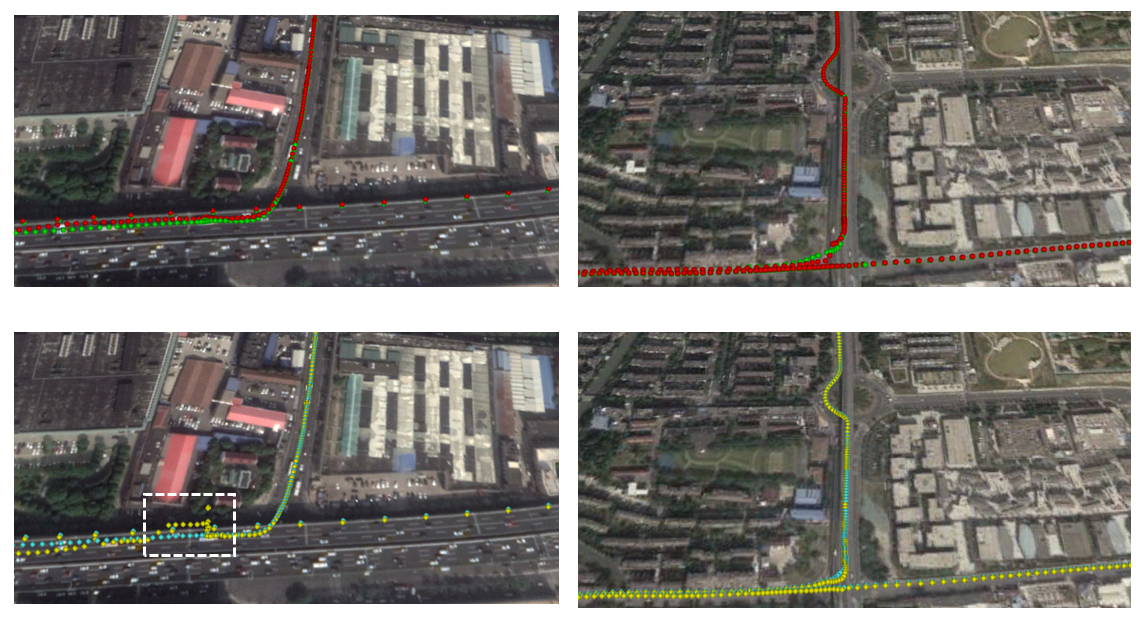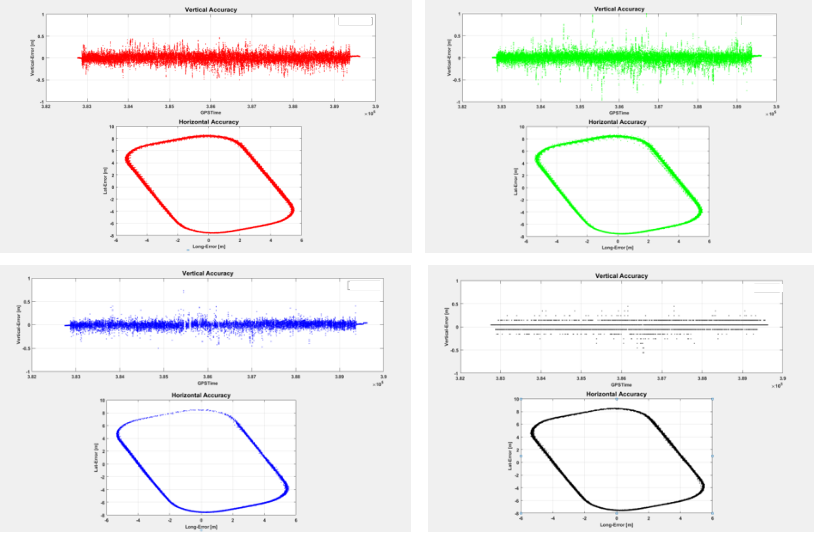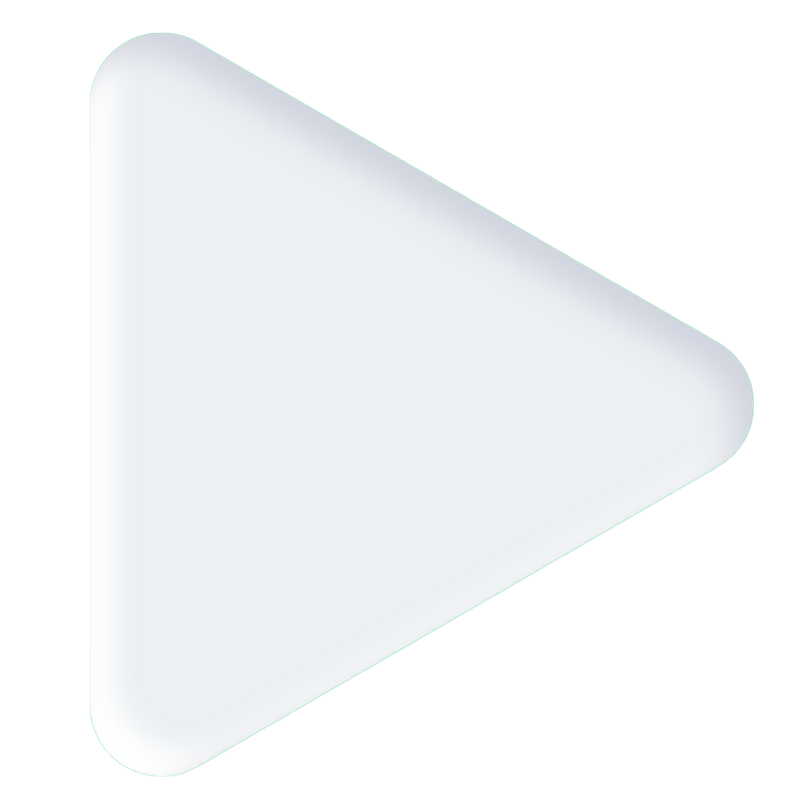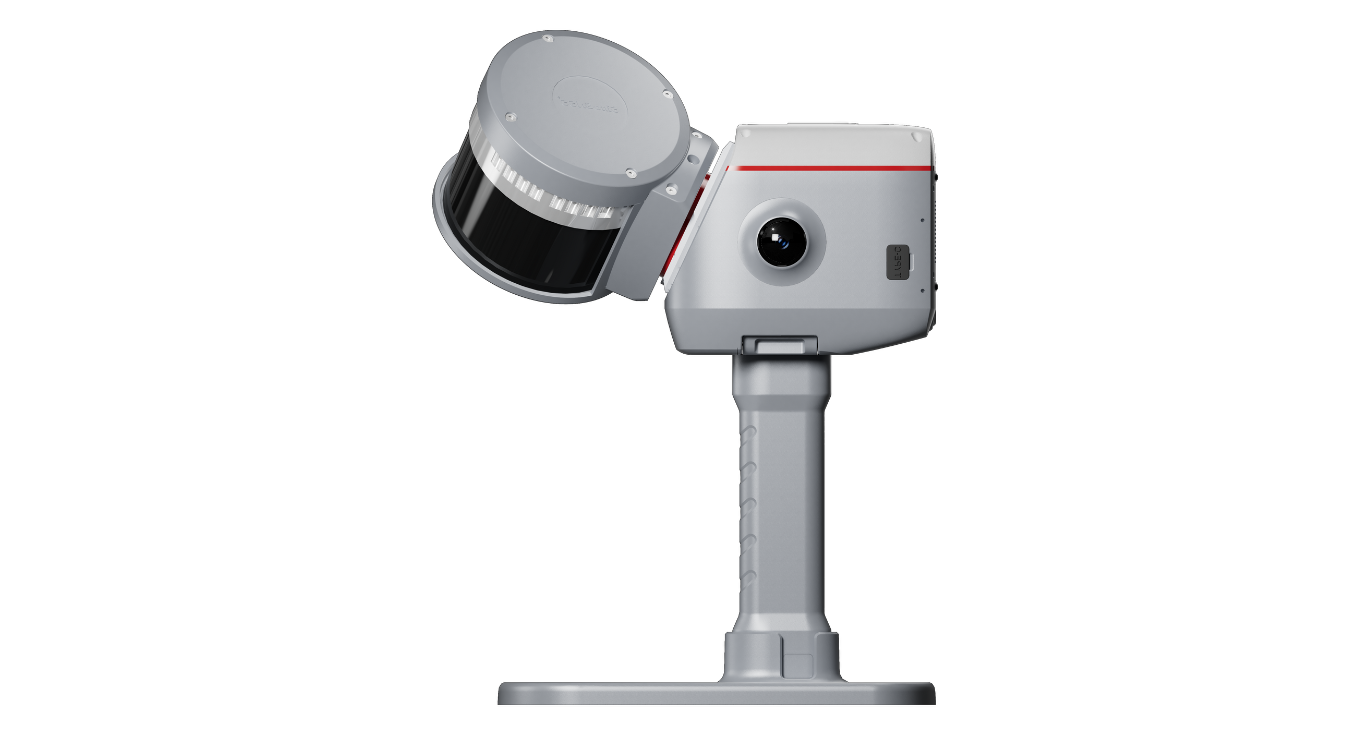K8 Series GNSS OEM Module Test Report - ComNav Technology
New released K8 series modules are with ComNav Technology's new generation high-accuracy Quantum III SoC chip with capability of tracking all the current and planned GNSS constellations. Additionally, K8 series modules integrate with a tactical grade Inertial Measurement Unit (IMU).
Traditionally, such systems are at a high cost, high power consumption and large volume; however, the K8 series modules totally overcome these weaknesses. With robust performance and easy integration, K8 series modules can be applied in a wide range of applications, varying from specialized high accuracy GNSS fields to consuming market.
In order to verify K8's performance, the R&D team of ComNav Technology conducted a contrastive field test by examining K8 series OEM modules and other three manufactures in different environments. Both the dynamic and static test scenes are chosen in order to have a comprehensive understanding of how K8 modules perform. Single baseline RTK corrections were used in this experiment.
1 Vehicle-Mounted Dynamic Test
The data was driven in mid 2020, primarily targeting all the classic environment of navigation system. The test route is given in Figure1.

Figure1 General Vehicle-Mounted Dynamic Route
While in clustered urban canyon(R) with more obstacles, the positioning performance is different. Results show K8 series module performs as strongly as in sparse canyon. M1 module offsets slightly while passing the tall building although it is still in a smooth track. M2 module is with some fly points. M3 module offsets obviously and shows an unsmoothed track, indicating it cannot provide accurate navigation data in clustered environment.

Figure2 Positioning Tracking in Sparse Urban Canyon(L) and in Clustered Urban Canyon(R)
K8 series: green; M1: red; M2: yellow; M3: blue
The tunnel is about 0.5 kilometer, about 30s' driving time. The test vehicle passed the tunnel back and forth so it is assumed that the track should be almost parallel. It is clearly that the track of K8 modules is paralleled as is shown in Figure3, which is in line with the assumption. The track of M1 module offsets when the car is in middle of the tunnel, manifesting that inertial navigation algorithm of M1 module in this testing is imperfect.

Figure3 Overall(L) and Partial(R) Positioning Track in Tunnel
K8 series: green; M1: red; M2: yellow; M3: blue
As is shown in Figure4, all modules perform wel except for the occasional offset of M2 module.

Figure4 Positioning Track under Overpass
K8 series: green; M1: red; M2: yellow; M3: blue

Figure5 Positioning Track under Heavy Canopy
K8 series: green; M1: red; M2: yellow; M3: blue

Figure7 Railcar for Testing
Figure8 demonstrates the horizontal and vertical positioning accuracy of all OEM modules. As is shown that all modules can obtain high quality positioning information while M2 modules loses positioning information when passing under the tree.

Figure8 Positioning Accuracy on Railcar
K8 series: red; M1: green; M2: blue; M3: black
The heading precision data is shown in Table 1. Only K8 series and M1 module are analyzed as they support single module heading. It is seen that K8 performs better both in the velocity precision and heading precision than M1 module.
Table1: Velocity Accuracy (constant speed) and Heading Accuracy (3m baseline)

2 Static RTK Test
Table2 8km Baseline RTK Performance (re-initialization/ 5min)

Table3 30km Baseline RTK Performance (re-initialization/ 5min)

Table 4 8km Baseline RTK Performance (re-initialization/ 5min)

Table 5 30km Baseline RTK Performance (re-initialization/ 5min)

Table 6 60km Baseline RTK Performance

According to the contrastive test with OEM modules of other manufactures, K8 series GNSS OEM modules outperform modules from other manufactures with high accuracy, reliability and powerful inertial navigation algorithm. It is manifested that whether in the static RTK test for traditional land surveying application, low dynamic and signal-denied environment test for UAV and robotic applications, or vehicle-mounted dynamic navigation test for smart driving application, K8 series modules are the ideal ones.
About ComNav Technology
ComNav Technology develops and manufactures GNSS OEM boards and receivers for high precision positioning demanded applications. Its technology already been used in a wide range of applications such as surveying, construction, machine control, agriculture, intelligent transportation, precise timing, deformation monitoring, unmanned system. With a team dedicated for the GNSS technology, ComNav Technology is trying its best to supply reliable and competitive products to worldwide customers. ComNav Technology has been listed on the Shanghai Stock Exchange (Science and Technology Board), securities :ComNav Technology (Compass Navigation), Stock code: 688592.
About SinoGNSS®;
SinoGNSS® is the official trademark of ComNav Technology Ltd., registered in People's Republic of China, EU, USA and Canada. All other trademarks are the property of their respective owners.
About ComNavTech®
ComNavTech® is the official trademark of ComNav Technology Ltd., registered in People's Republic of China, EU, USA and Canada. All other trademarks are the property of their respective owners.
About ComNav Technology
ComNav Technology develops and manufactures GNSS OEM boards and receivers for high precision positioning demanded applications. Its technology already been used in a wide range of applications such as surveying, construction, machine control, agriculture, intelligent transportation, precise timing, deformation monitoring, unmanned system. With a team dedicated for the GNSS technology, ComNav Technology is trying its best to supply reliable and competitive products to worldwide customers. ComNav Technology has been listed on the Shanghai Stock Exchange (Science and Technology Board), securities :ComNav Technology (Compass Navigation), Stock code: 688592.
About SinoGNSS®
SinoGNSS® is the official trademark of ComNav Technology Ltd., registered in People's Republic of China, EU, USA and Canada. All other trademarks are the property of their respective owners.
About ComNavTech®
ComNavTech® is the official trademark of ComNav Technology Ltd., registered in People's Republic of China, EU, USA and Canada. All other trademarks are the property of their respective owners.






